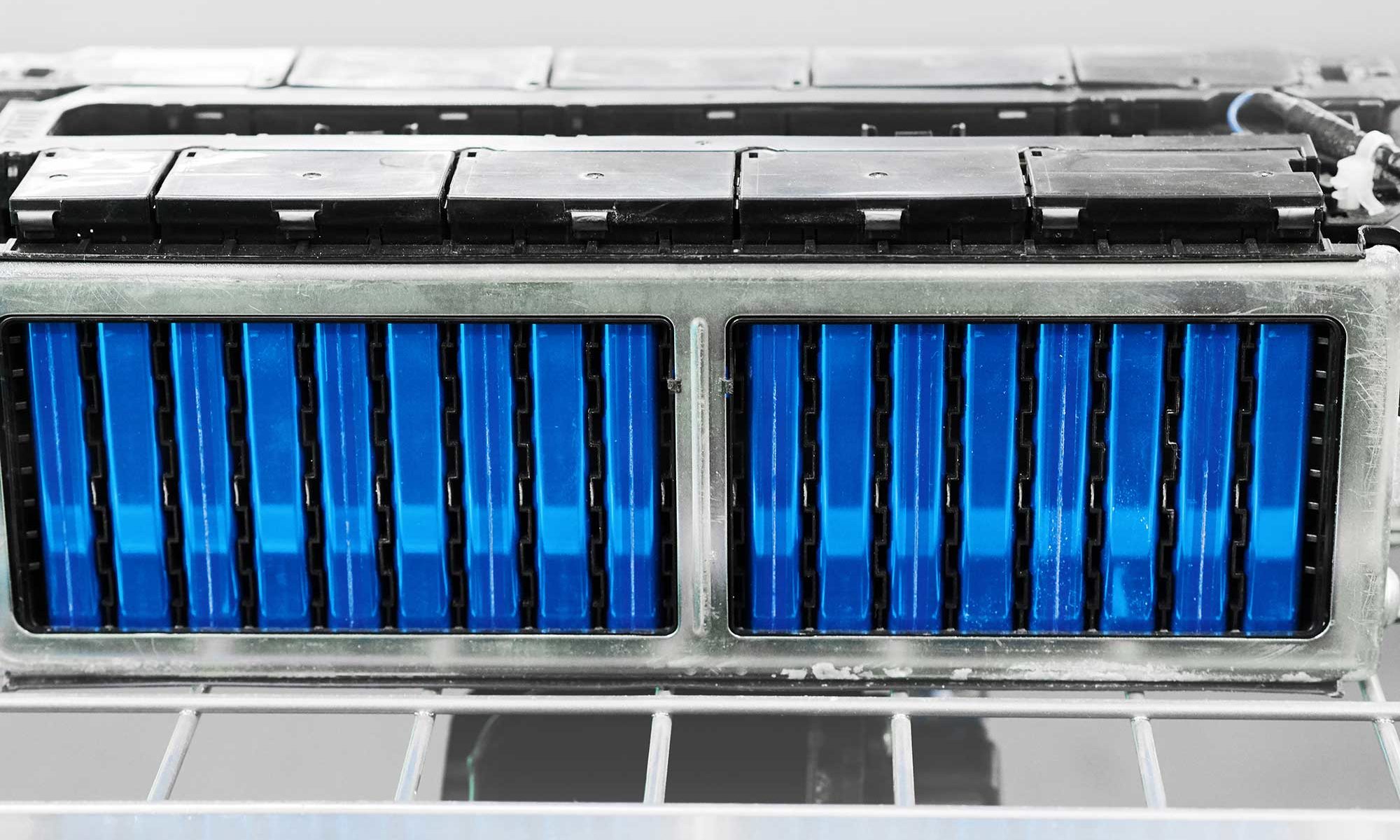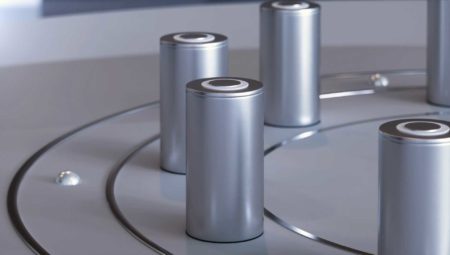For the first time, anodes in lithium-ion batteries can be made from 100% silicon. The anode is ready for production and LeydenJar is preparing to massively scale-up its production capacity in the coming years.
The new technology does not push up production costs and is a ‘plug-in’ solution to existing battery gigafactory’s. A 70% higher energy density will have an impact on various sectors: consumer electronics, electric vehicles and the storage of renewable energy.
Founder and managing director Christian Rood: ‘The significance of battery capacity is huge. Electric driving, more intelligent smartphones, electric flying… everything and everyone is waiting for better batteries.”
Silicon replaces carbon
As an anode material, silicon has ten times the capacity of carbon. Until now, the use of silicon was hampered by the mechanical limitations of the material. LeydenJar’s technology is derived from solar cell production technology (plasma-enhanced chemical vapour deposition, or PECVD).
Tested pouch cells were built using commercially available battery materials, such as NMC 622 cathodes, and LeydenJar’s silicon anodes. An energy density of 1350 Wh/L at start of battery life was reached, with these cells demonstrating a cycle life of more than 100 cycles at a C/2 rate. The energy consultancy firm DNV GL has confirmed these results. Looking forward, LeydenJar’s CTO, Yiseop Ahn, expects to be able to significantly improve the cycle life performance.
Image: Sergii Chernov/Shutterstock



